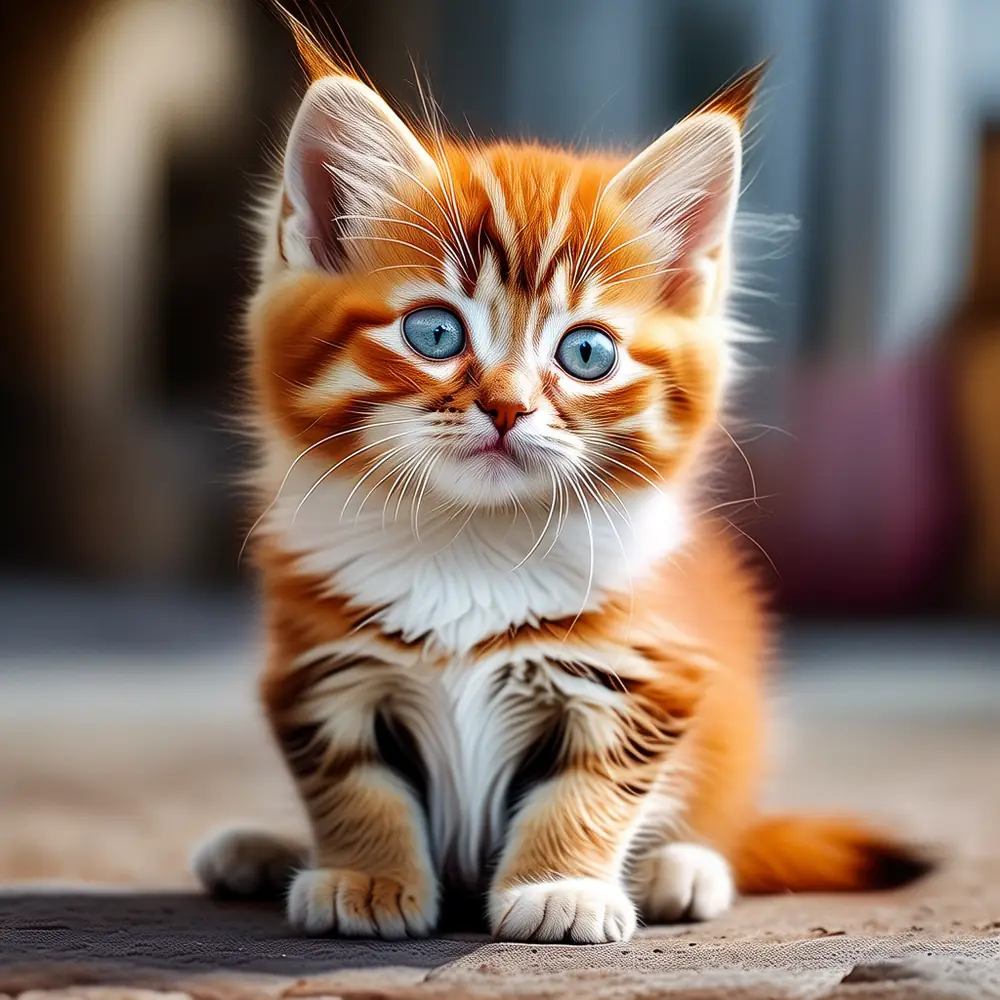Purrfect Treats: Snacking Smart for Your Feline Friend
As a cat owner, you know the joy of seeing your feline friend's eyes light up at the sight of a treat. But beyond the momentary delight, treats and snacks play a crucial role in your pet's overall health and well-being. They can be used as rewards during training, as a way to bond, or simply to add a little variety to their diet. However, it’s important to choose and serve these treats wisely to ensure they contribute positively to your cat's health.
First, consider the nutritional value of the treats you offer. Opt for high-quality options that are specifically formulated for cats. For example, treats made with real meat, like chicken or fish, provide essential proteins and amino acids. Brands like Blue Buffalo and Wellness offer a range of nutritious treats that can complement your cat's regular diet. Always check the ingredient list to avoid any artificial preservatives, colors, or flavors, which can be harmful to your pet.
Portion control is key. Even the healthiest treats should be given in moderation. A good rule of thumb is to limit treats to no more than 10% of your cat's daily caloric intake. If you're unsure, consult with your veterinarian to determine the right amount based on your cat's age, weight, and activity level. Overindulgence can lead to obesity, which is a common issue among indoor cats. To keep track, you might use a small kitchen scale or measuring cup to portion out treats accurately.
Timing is also important. Use treats as a reward for good behavior, such as using the litter box or coming when called. This not only makes treat time more meaningful but also helps reinforce positive behaviors. You can also incorporate treats into playtime, using them as a lure to encourage exercise. For instance, try hiding a few treats around the house and let your cat "hunt" for them. This can be a fun and engaging way to keep your cat active and mentally stimulated.
- Choose treats with high-quality, natural ingredients.
- Limit treats to no more than 10% of your cat's daily caloric intake.
- Use treats as rewards for good behavior and to encourage exercise.
- Avoid treats with artificial preservatives, colors, or flavors.
- Consult your veterinarian for specific dietary recommendations.
A common mistake is to use human food as treats. While it may seem harmless, many human foods can be toxic to cats. For example, onions, garlic, and chocolate are all dangerous and should be strictly avoided. Instead, stick to treats designed specifically for cats. If you’re ever in doubt, always check with your vet before introducing a new treat to your cat's diet.
In summary, treats and snacks can be a wonderful part of your cat's life, enhancing both their happiness and health. By choosing nutritious options, practicing portion control, and using treats strategically, you can ensure that your feline friend enjoys a balanced and rewarding snack time. Remember, a little bit of thought and care can go a long way in keeping your cat happy and healthy.
